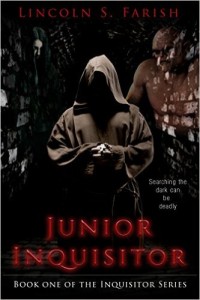There is likely to be a spoiler or two here. You’ve been warned. Here’s my assessment of the last episode of The Walking Dead in 259 words or less:
The Good: We received some resolution about Glenn. It was predictable and fairly lame, but it was resolution.
The Bad: A tremendous amount of time was expended showing Rick and others reinforcing a wall because of a tiny hole in the metal that was seeping blood. This blood-seeping hole was even the focus of last week’s preview. Instead of trying to figure out how a continuous stream of blood could seep through a hole that is five feet off the ground, Rick decided to measure and saw and fasten a wooden band-aid. After all his efforts, he was rewarded by having a another section of the wall completely demolished during the collapse of an unstable building. Look around you Rick, you’re missing the big picture. Intentional for sake of metaphor or not, the entire story-line was dull.
The Ugly #1: They are surrounded by an unmitigated herd of zombies (not to mention the Wolves). Maggie is unable to get out to search for her husband. Rick is paralyzed and content to wait for the others to hopefully eventually return. And yet, a teen-aged girl is able to escape Alexandria and live in the town on her own with nothing more than one handgun and few bottles of water.
The Ugly #2: Karl found that stupid hat again.
Bottom line: I am fully prepared to be disappointed by the mid-season finale next week.
